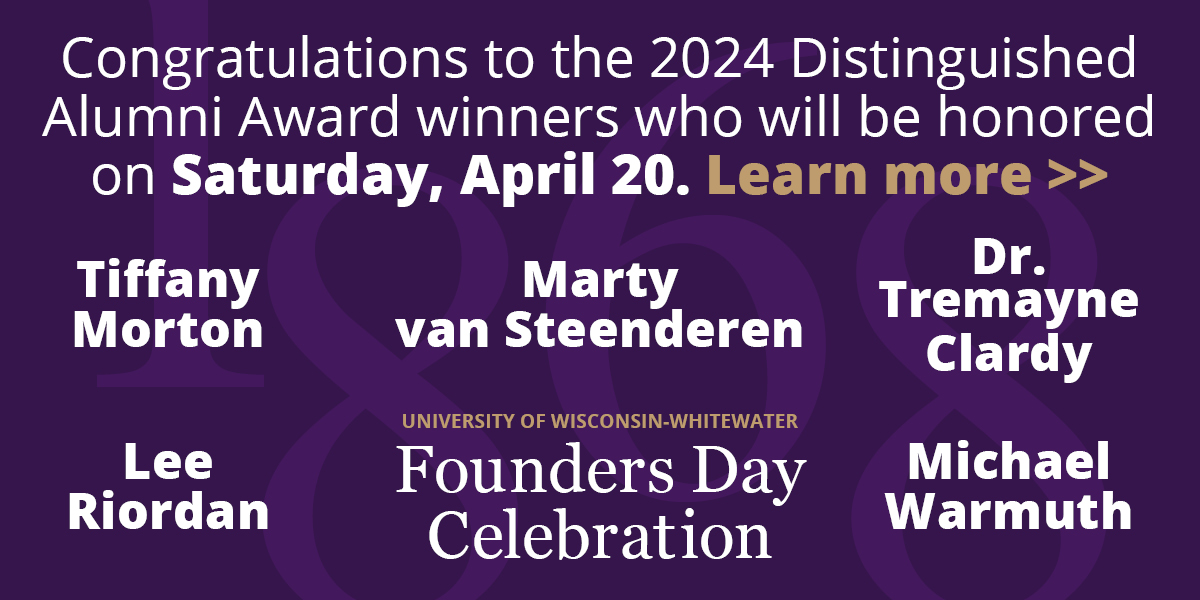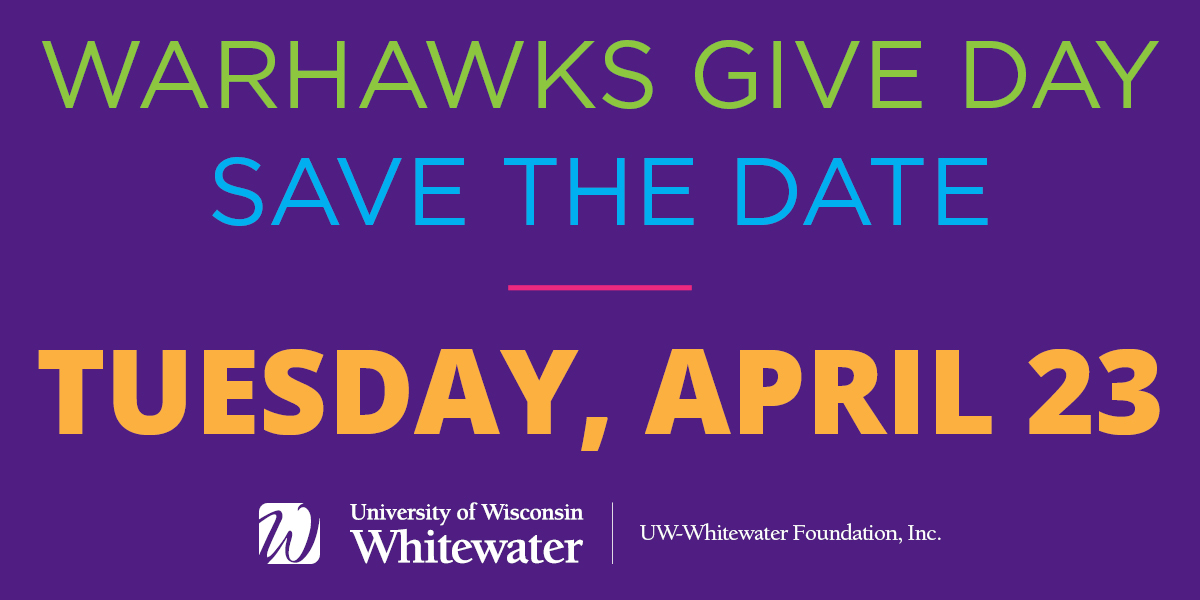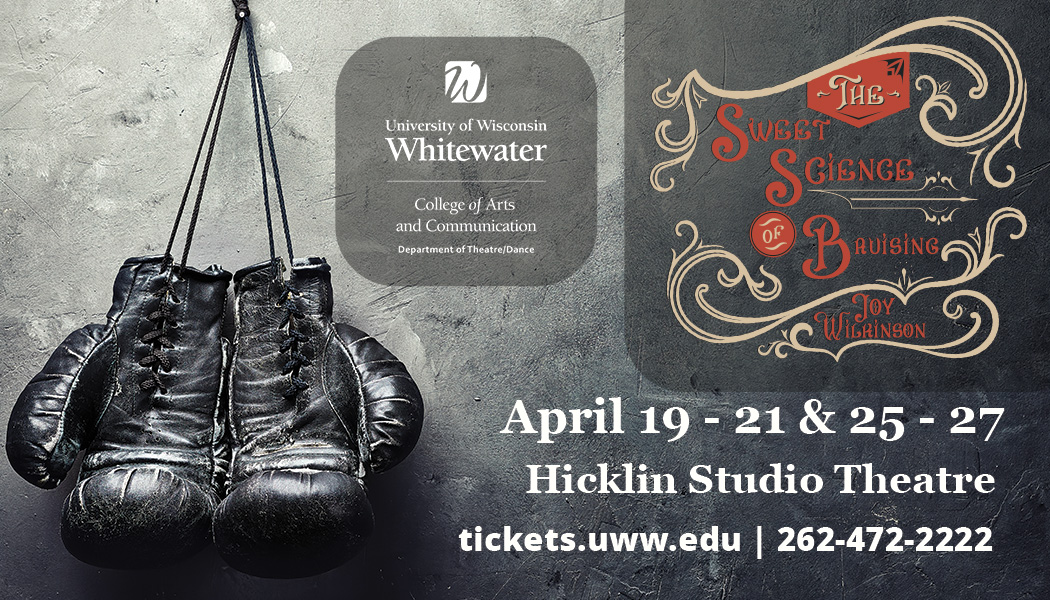By Emily Lepkowski
Dec. 19, 2015
National Geographic photographer Annie Griffiths told an audience of UW-Whitewater students and faculty she hopes they are excited about something in their lives to the extent they forget to put pants on.
“It’s a sign of a life well lived,” Griffiths said after confessing she forgot to get fully dressed after jumping out of bed to photograph an early morning sunrise on a branding farm out west.
The award-winning National Geographic photographer presented her lecture series, “Help a Woman, Help the Planet” on Monday evening, Nov. 30 in the Irvin L. Young Auditorium.
Sophomore Erika Sternard, a student photographer for UW-W Marketing and Media Relations, said Griffith’s speech was one of the “most motivating experiences I have ever had.” In addition to attending the speech, Sternard was granted one-on-one time with Griffiths in a dinner before the speech.
“The fact that she is able to go out into the world and use her talent and hard-work to make a real change in the world is something I hope that I can also accomplish,” Sternard said.
Griffiths has photographed in more than 150 countries, people, wildlife and everything in between.
“It’s given me a window to all other cultures,” Griffiths said. She said taking a photograph of something everyone has seen before is a humbling challenge.
As one of the first female photographers for the magazine, Griffiths shared her different experiences behind her photographs. A slideshow of her photos accompanied her speech as she spoke about the people she’d met and places she’d been.
Griffiths also spoke of her non-profit organization, Ripple Effect Images, a group of predominantly female photographers whose main goal is to empower underprivileged women through a photograph.
She was 25 when she was hired for National Geographic. It was “dumb luck” she had answered the phone when a photographer from the magazine had called looking for a photo of the local hailstorm, and it landed Griffiths the job at National Geographic, a privilege she was “humbled by.”
Griffiths, who went around the world on assignment with her two children in tow, found the difficult part of the job was leaving the people she photographed behind.
“I really fall in love with people, especially kids,” Griffiths said.
Her first assignment from National Geographic to Namibia, and it was there she caught up with some women from a remote tribe, took their picture on a Polaroid camera and handed them the developed photo.
The women had laughed, Griffiths said, pointing each other out in the photos, something they had never seen before. This was a moment that changed Griffiths’ life, she said.
“It was the first time I realized poor women are survivors,” Griffiths said. “They’re extraordinary.”
Griffiths also spoke about some sensitive situations that required good ethical judgment.
During the Q&A session following the speech, students asked questions about her work and her career. It was during her career that she not only learned how to be a photographer, but rather, a human being at the same time.
“The only way to [photograph] is to spend time with them,” Griffiths said. “I want to be with people when life happens.”
Creating a ripple effect
As her career progressed, Griffiths began doing more aid work, such as photographing for an annual calendar for Habitat for Humanity and became increasingly inspired by small village’s aid programs and practices.
From there, Griffiths and five female photographers started the nonprofit Ripple Effect Images, working to provide women and young girls with the tools to survive by creating professional images for aid organizations to use for their campaigns.
Ripple Effect Images also aims to research and find solutions to help people adjust their everyday lifestyle to climate change.
“What’s great about Ripple is we’re really focusing on stories people should know,” said Griffiths, who serves as the director for the organization.
In the past, they have given water-purifying tools as well as teaching women to be efficient with their water. They also educate women on agricultural knowledge, which “empowers” them to be able to support themselves once they’re taught.
Seventy percent of victims of climate-related disasters are women. Educating women in these Third World countries makes them feel hopeful and capable that they can use the tools to improve their lifestyle, Griffiths said.
The organization uses small acts such as photographing an area for another aid group to create a domino effect in the amount of donations and give way for more positive change in women’s lives.
“I’m just trying to spend the rest of my life giving a little bit back,” she said.












